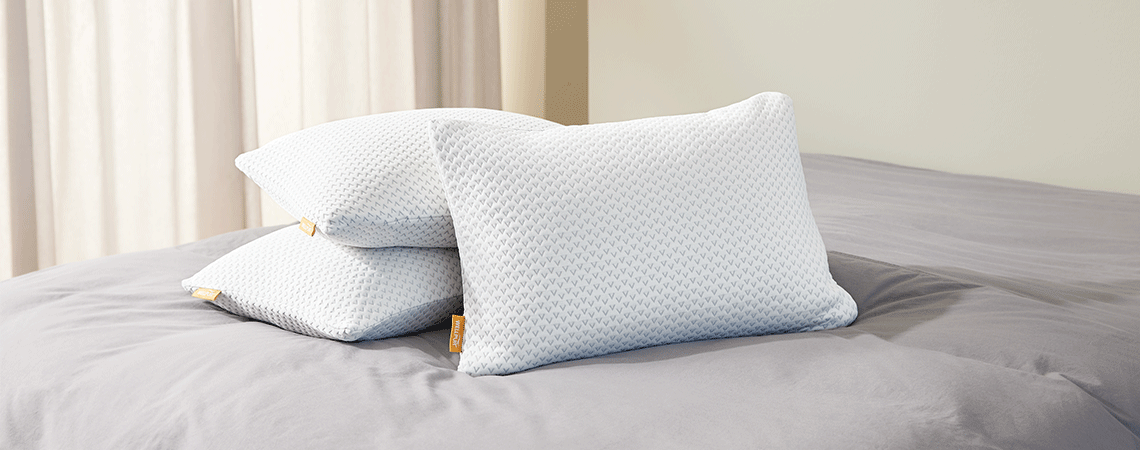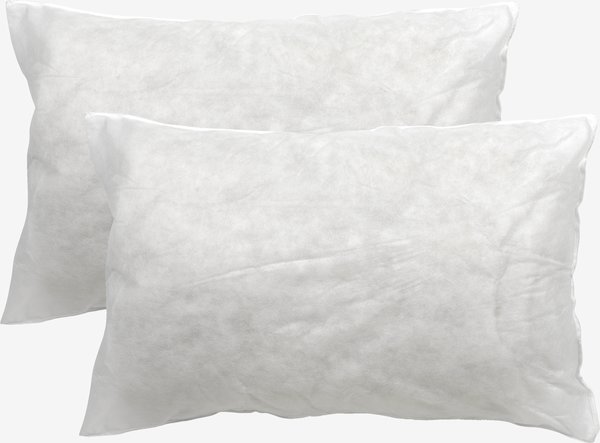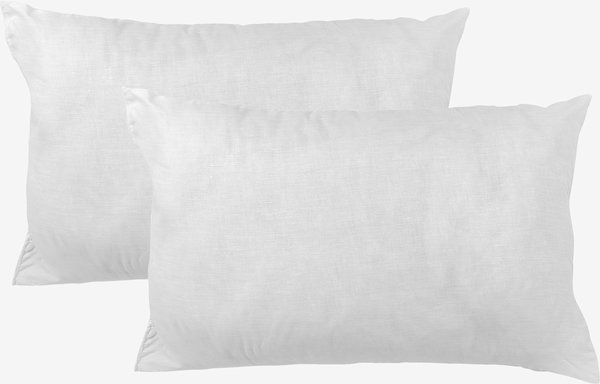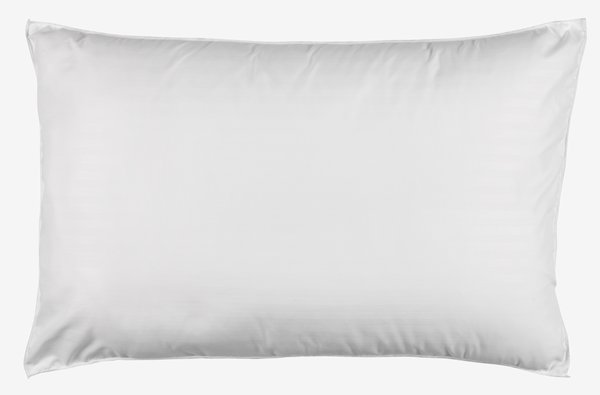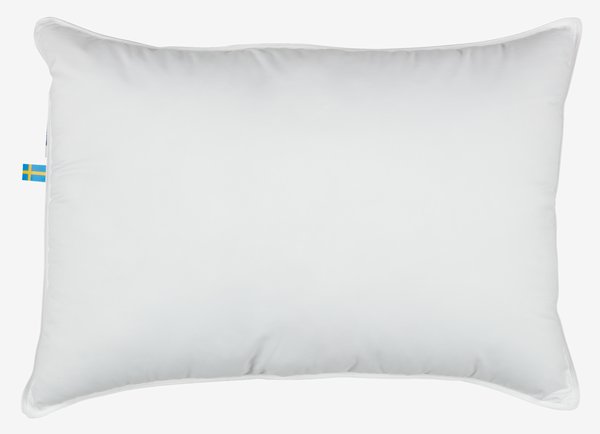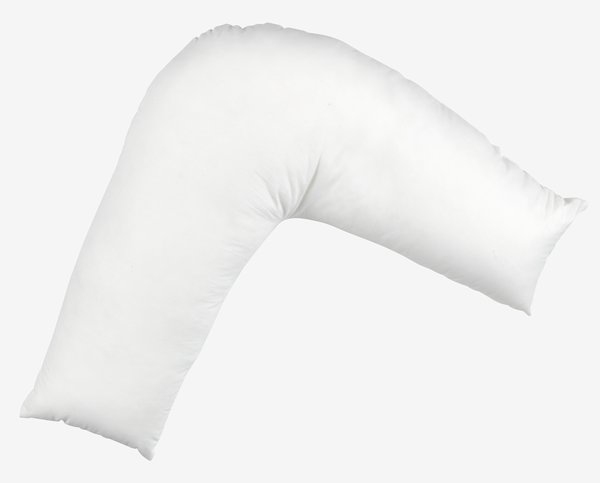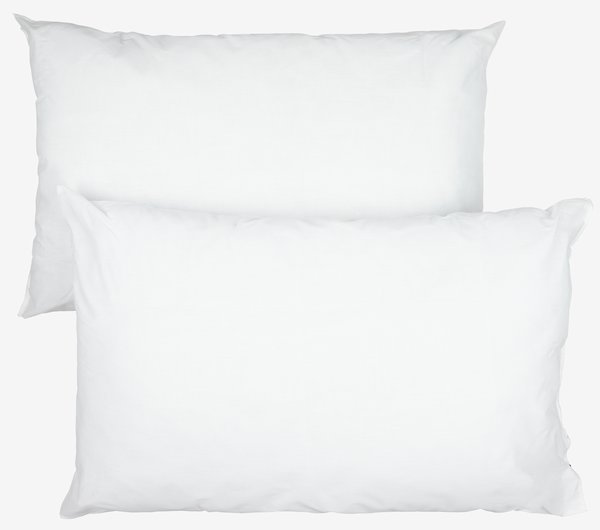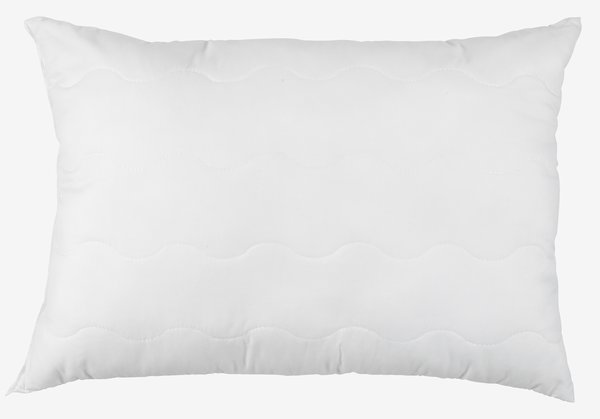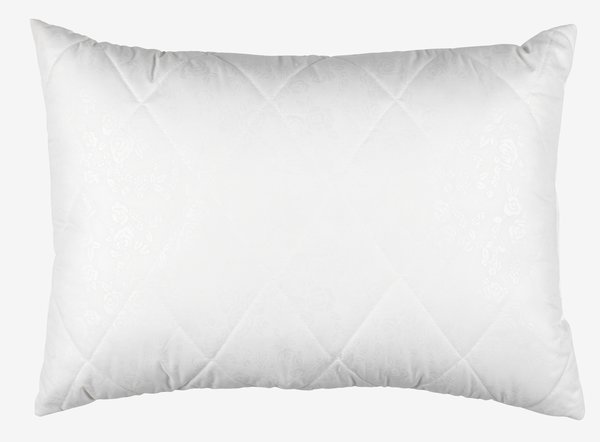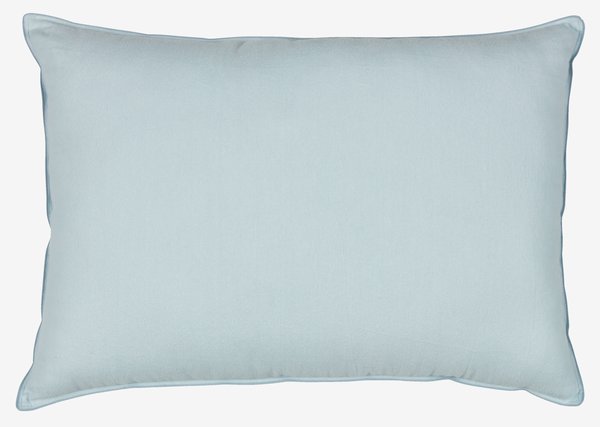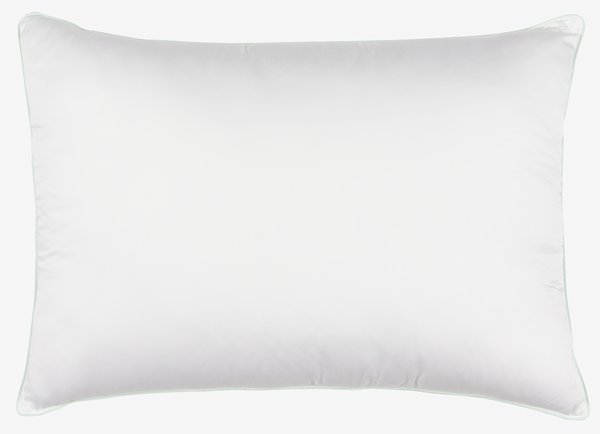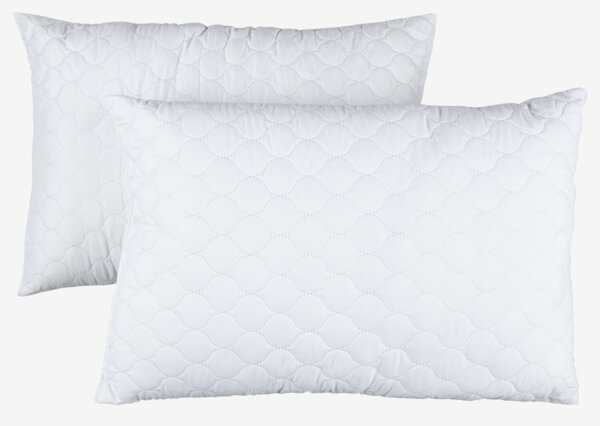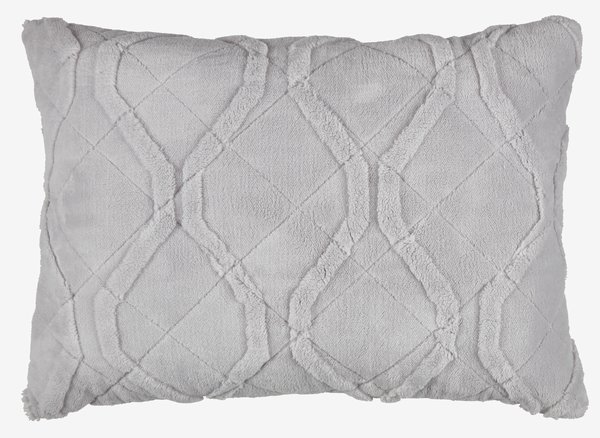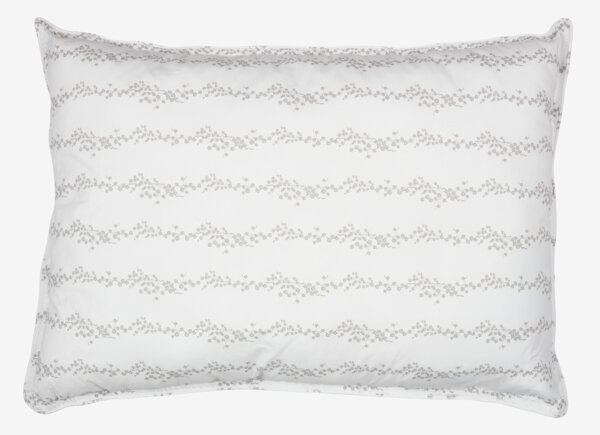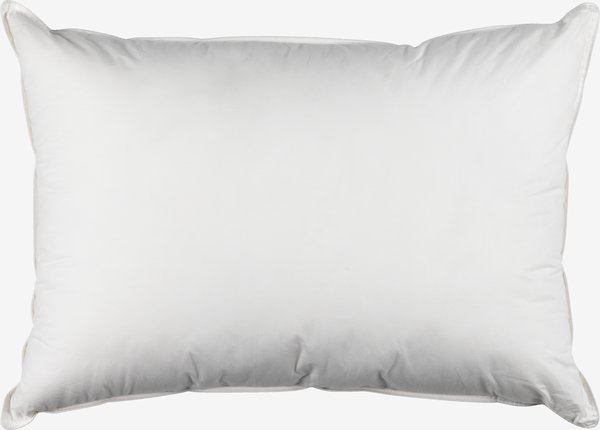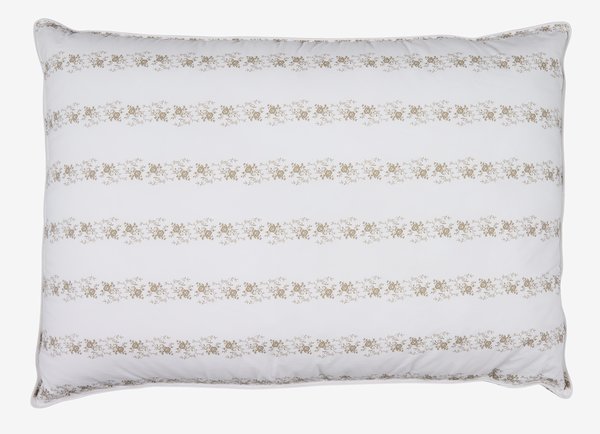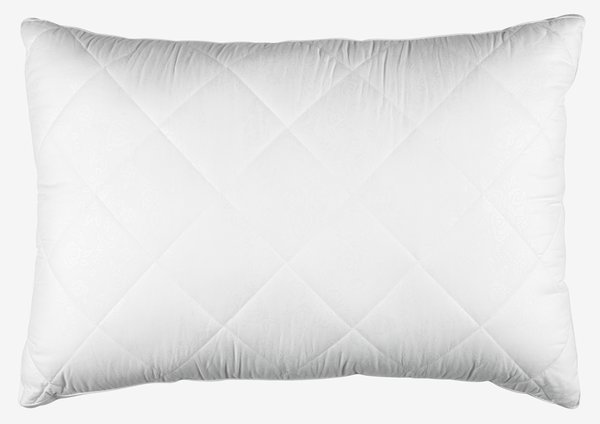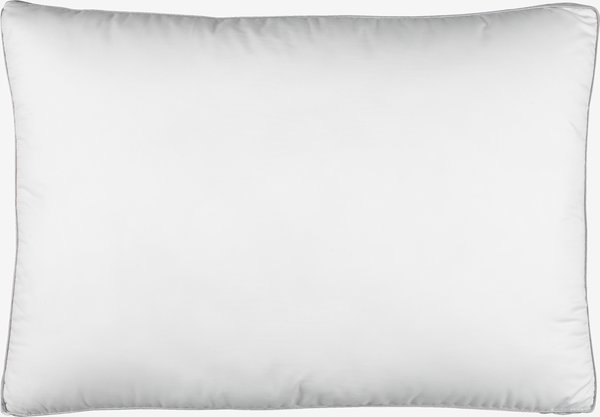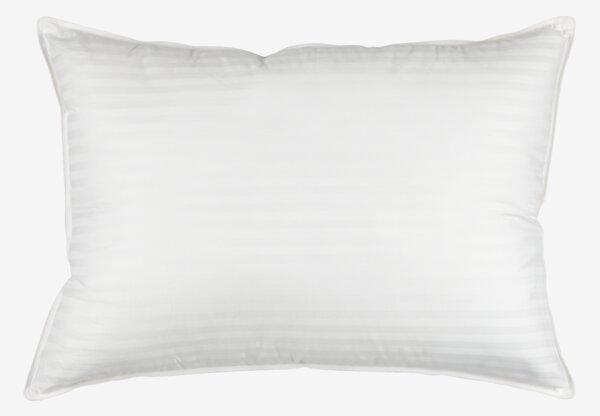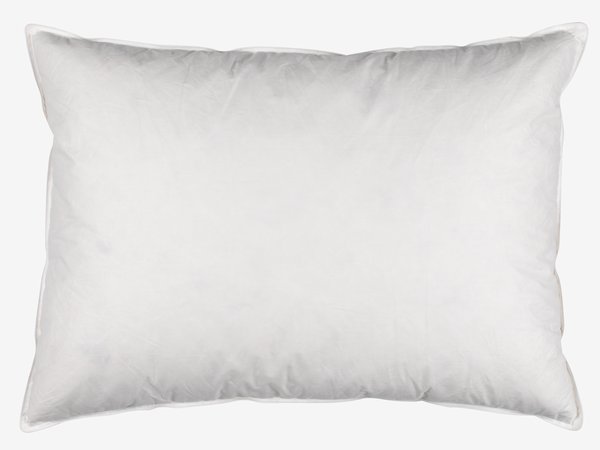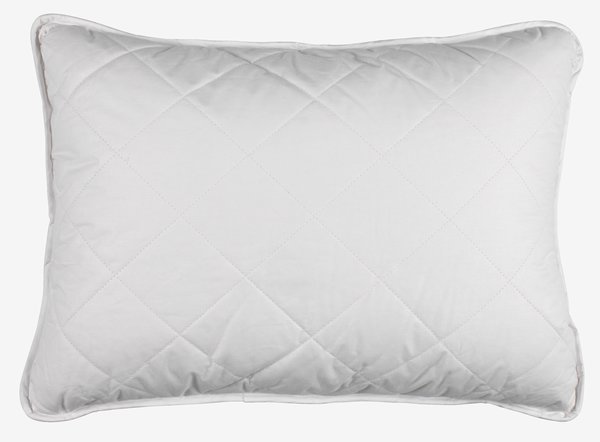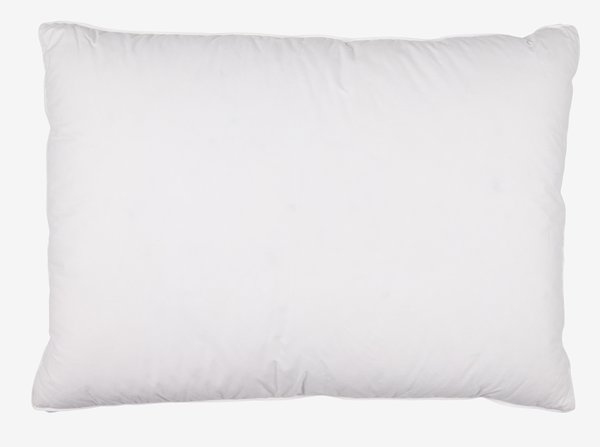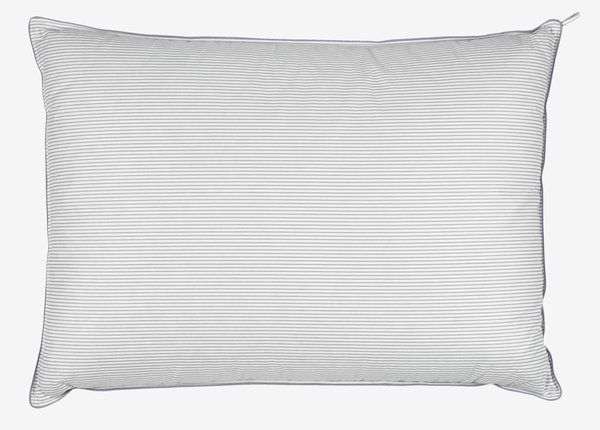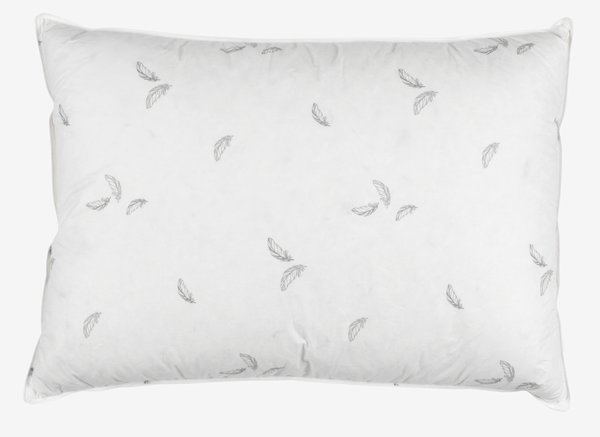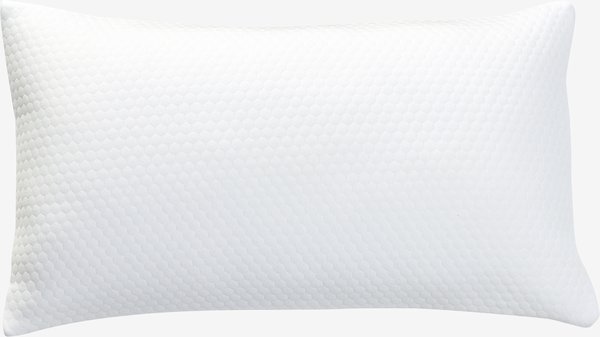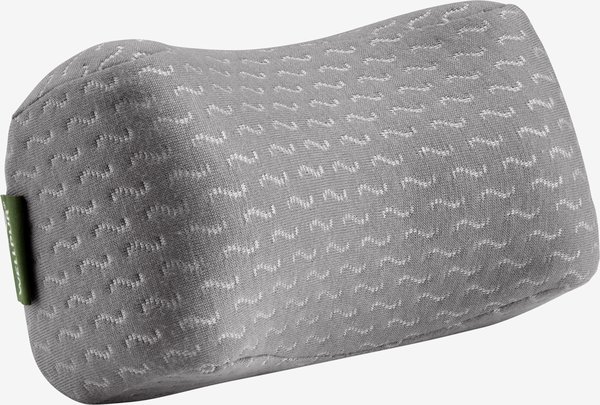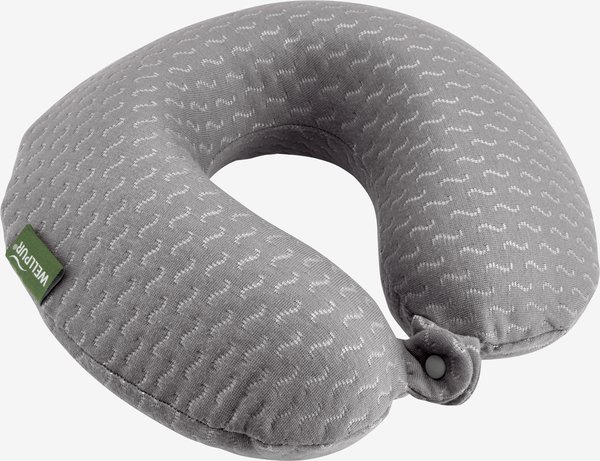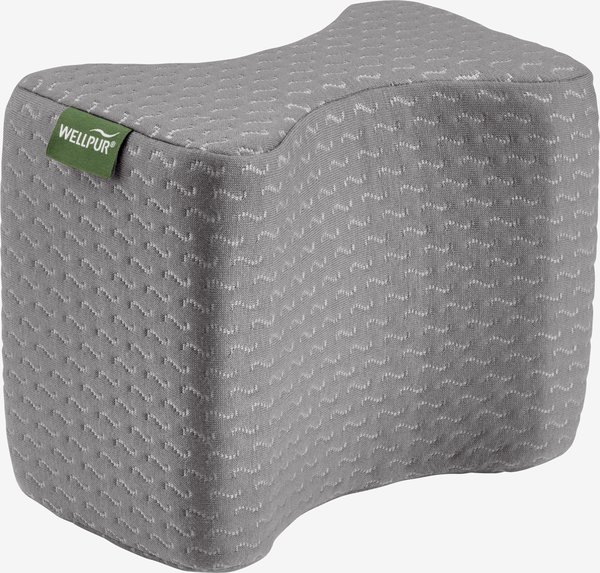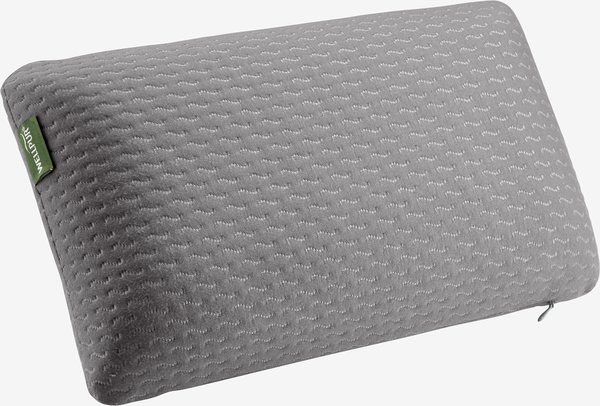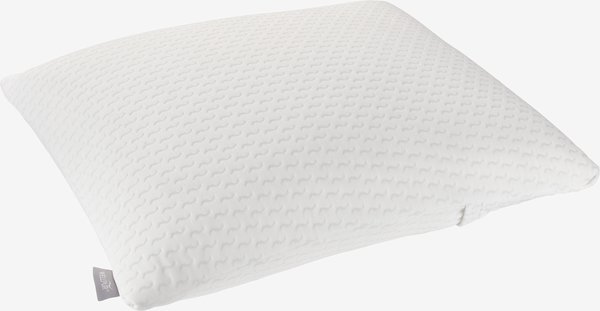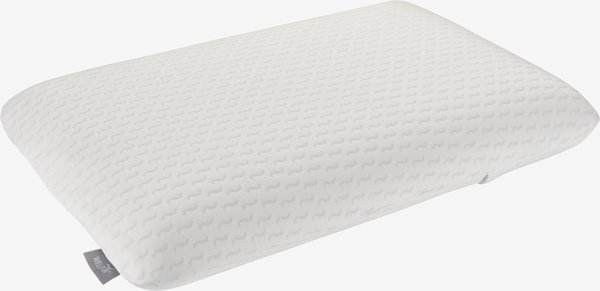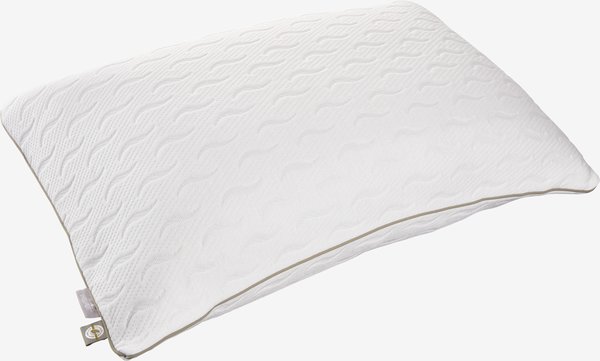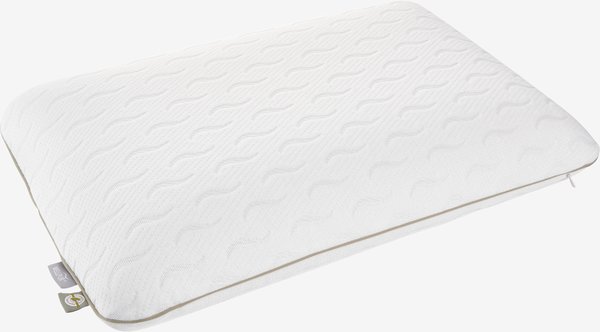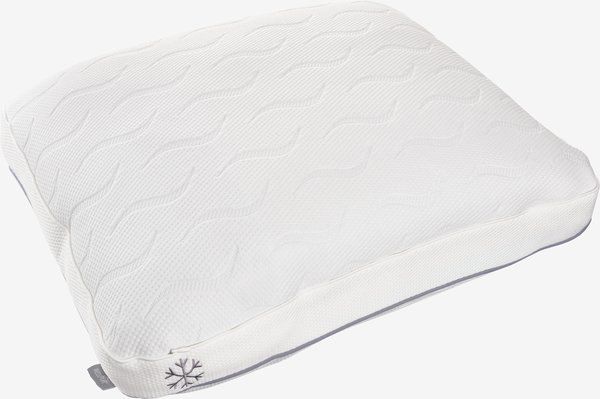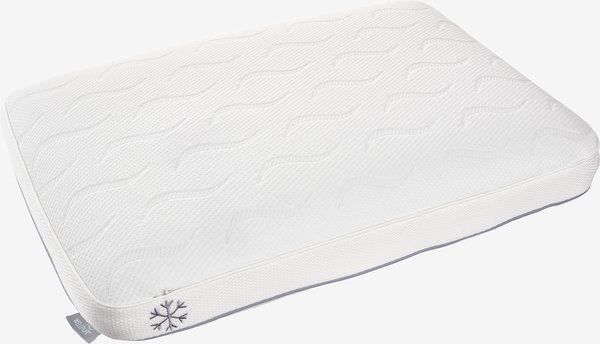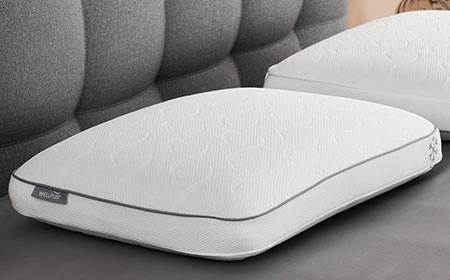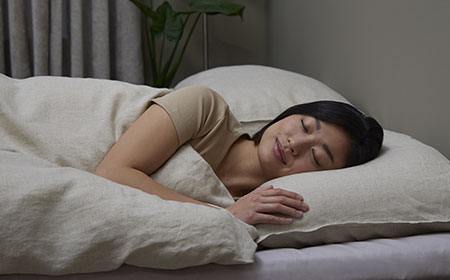Pillows are one of the most affordable ways to upgrade your sleeping environment and support a good night’s sleep. At JYSK, we offer a wide selection of pillows to suit different sleep styles, preferences, and budgets. But how much should you expect to pay when you’re comparing pillow costs?
What affects the pillow price?
The pillow price depends on several factors, including filling, fabric, and the level of comfort and support you’re looking for. Understanding what contributes to the cost will help you make an informed choice based on your needs and budget.
Four main factors influence the pillow cost:
- Filling
Most of a pillow’s price is determined by its filling. Natural fillings like down or feathers or specialist materials such as memory foam or latex typically cost more than synthetic fibre fillings. Even within fibre pillows, prices can vary depending on treatments like siliconisation, which prevents the filling from clumping and keeps it evenly distributed. - Fabric
The outer fabric used for the pillow’s lining also plays a role in determining pillow price. Polyester is typically a more affordable choice, while high-quality cotton (like tightly woven cotton batiste) enhances both durability and allergy protection – contributing to a higher cost. - Construction
A pillow’s internal structure affects both comfort and price. Pillows with multiple chambers are more expensive to produce due to extra materials and stitching, but they offer better structure and support. Multi-chamber pillows often combine different fillings to maximise comfort. - Height and support level
Higher pillows contain more filling than lower ones and are therefore generally more expensive. The height and firmness also directly affect how well it supports your head and neck. Learn more about pillow heights.
Understanding pillow types and their pricing
There are three main pillow categories, and they provide different features and benefits in terms of pillow cost and performance:
Fibre pillows
Fibre pillows are filled with polyester fibres or fibre down. They’re designed to mimic the softness of natural down. Fibre pillows are lightweight, machine-washable, and usually the most budget-friendly option.
Natural pillows
Natural pillows contain fillings like down, feathers, wool, silk, or kapok. Natural fillings typically increase the price of a pillow, but they also offer excellent moisture-wicking properties and adaptability – ideal for those who often change sleeping positions or for regulating temperature during the night.
Specialist pillows
Filled with memory foam or latex, specialist pillows offer outstanding comfort and ergonomic support. The denser material adapts to your head and neck, promoting proper spinal alignment. While usually the most expensive type, these pillows are excellent for sleepers with neck pain or specific comfort needs.
Specialist pillows may also include features that help you stay cooler throughout the night, which is especially helpful during the warmer months of the year – check out our blog post about the cooling features of pillows and bedding for more information.
Pillow quality levels at JYSK: BASIC, PLUS, and GOLD
At JYSK, our pillow range is divided into three quality tiers, each offering different features, comfort levels and pillow price points to suit your budget and your needs.
Pillows in the BASIC category
BASIC pillows provide great value for your money and are great when you want a reliable, affordable option.
Pillows in the PLUS category
PLUS pillows provide enhanced comfort and quality, offering a great balance of comfort and value at a sensible price.
Pillows in the GOLD category
Our highest pillow quality, GOLD pillows are made with premium materials for long-lasting comfort and support, while remaining affordable.
Choosing the right pillow for support and comfort
While price is important, choosing the right pillow is ultimately about finding one that supports your preferred sleeping position and individual needs. Your mattress firmness, any recurring neck tension, and whether you sleep on your back, side, or stomach all influence which pillow is best for you.
Keep in mind that while a premium pillow may have a higher price, it can also offer better long-term comfort, support, and durability.
Need more help choosing your new pillow?
If you’re still unsure of how to decide on which pillow to go for, check out our ultimate guide to choosing the right pillow for more in-depth information and guidance.
You’re also welcome to visit your local JYSK store for personal advice – we’re happy to help you find the perfect combination of comfort, pillow quality, and price to suit your needs.
